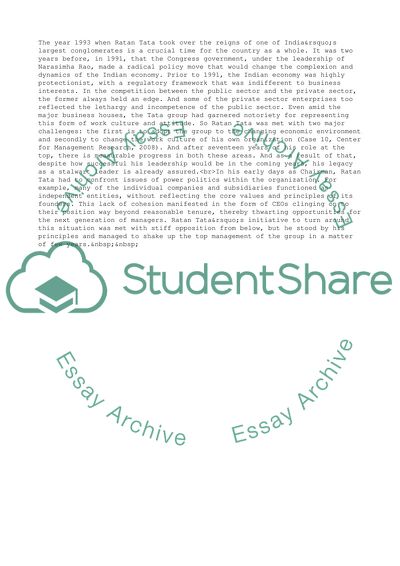Cite this document
(“Ratan Tata: Leading the Tata Group into the 21st Century Research Paper”, n.d.)
Ratan Tata: Leading the Tata Group into the 21st Century Research Paper. Retrieved from https://studentshare.org/business/1738544-ratan-tata-leading-the-tata-group-into-the-21st-century
Ratan Tata: Leading the Tata Group into the 21st Century Research Paper. Retrieved from https://studentshare.org/business/1738544-ratan-tata-leading-the-tata-group-into-the-21st-century
(Ratan Tata: Leading the Tata Group into the 21st Century Research Paper)
Ratan Tata: Leading the Tata Group into the 21st Century Research Paper. https://studentshare.org/business/1738544-ratan-tata-leading-the-tata-group-into-the-21st-century.
Ratan Tata: Leading the Tata Group into the 21st Century Research Paper. https://studentshare.org/business/1738544-ratan-tata-leading-the-tata-group-into-the-21st-century.
“Ratan Tata: Leading the Tata Group into the 21st Century Research Paper”, n.d. https://studentshare.org/business/1738544-ratan-tata-leading-the-tata-group-into-the-21st-century.


